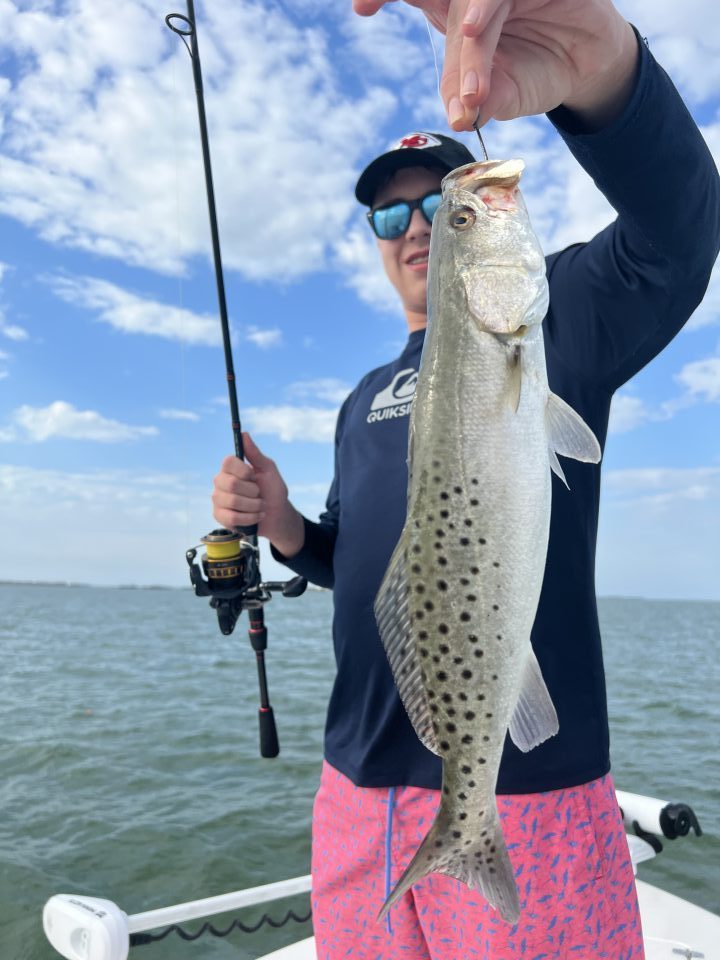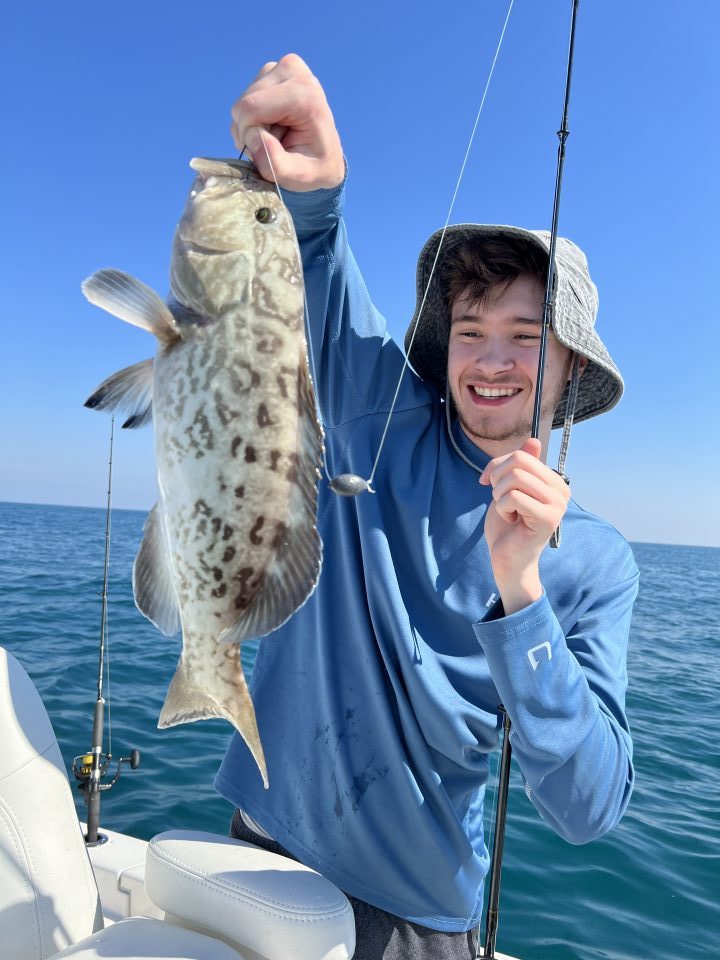by: Capt. Terry Fisher
The month of April is the beginning of the Tarpon migration to SW Florida from the Mexico via the Florida Straits. This sets the stage for one of the ‘Greatest Migration Shows on Earth’! This spectacular, natural display of God’s Gift to anglers is one of the biggest Tarpon Migration on planet earth. Even though the migration starts early April and last through June, Boca Grande Pass (‘Pass’) is the epicenter during the month of May. Whether fisherman or not, this natural display of wild life beauty is worth a boat ride to the ‘Pass’, if only to experience. Each spring, thousands of these prehistoric fish make their appearance in the ‘Pass’ to mate, to replenish, to grow and survive the next generation.

INSHORE: fishing was good in March and should continue. With the higher tides, stronger currents and more bait fishes, fishing in April should prove to be excellent. While Snook, Redfish and Seatrout remain closed to harvest the excitement of targeting and landing these species will offer a tremendous amount of enjoyment together with memories of a lifetime. Practice makes perfect, so get out there, locate the fishing holes and when the harvests open, you will be ready to have a ‘fish’ fry with your friends and family. Many times, it’s the ‘hunt’, not the kill that provide the better experiences and memories. I applaud the FWC for strictly managing the harvest quotas and seasons that protect all species. Especially, with all of the boats and anglers putting lots of pressure on our estuaries and offshore reefs.

Redfish should be easier to locate on the high side of the tides in the shallows close to, in and around spoil islands as well as oyster shoals. A few Sheepshead may still linger around seawalls, piles and docks while many will revert to reef structures offshore in deeper water as the water temperatures continue to rise. Black Drum will be found around bridges and docks fed by currents from passes and channels.
OFFSHORE: will offer anglers more success than the winter months as migratory species such as, Permit, Cobia, Blackfin and Kingfish make their appearances in open water, but more so around reef structures. Decent size Mangrove Snapper and Lane Snapper should be plentiful in depths of 45 or more feet. Larger grouper and snapper will require a trek of about forty miles offshore to fish waters in 85-110 feet. To make a fishing adventure of the latter, one should have a boat with at least a one hundred-fifty (150) mile fuel range, equipped with a VHF radio and other back up satellite communication system. Wind will dictate when and if one should go or not.

